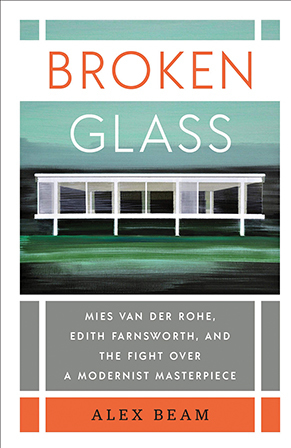 loading
loading
Arts & CultureReviews: July/August 2020Books on American cuisine and a modernist masterpiece.  View full imageBroken Glass Johnson had it easy. The heir to a great industrial fortune, he was his own client, which enabled him to complete his fish tank in 1949. Mies, to his regret, needed a patron. The German emigré, based in Chicago, had met Edith Farnsworth, a respected nephrologist, at a party in 1945. The two became friends—and possibly lovers—and Farnsworth funded Mies’s dream. But by the time the house in Plano (50 miles southwest of Chicago) was finished, in 1951, Mies was seeing another woman, and Farnsworth was left with a house that was impossible to live in. It was too hot in summer, too cold in winter; it lacked screens to keep out mosquitos; it leaked from above (Mies’s minimalism required a flat roof without overhangs); and it flooded from below (because Mies, also for aesthetic reasons, built it too close to a river). Mies sued Farnsworth; she countersued; they never spoke again; and the Farnsworth House won acclaim as one of the most influential buildings of the twentieth century. Alex Beam, a columnist for the Boston Globe, tells the story of the opportunistic Johnson, the imperious Mies, and the too-trusting Farnsworth efficiently and entertainingly. Architecture buffs know the general outline, so for them the most interesting part of the book may be the denouement, which describes Farnsworth’s dotage in a fifteenth-century palazzo in Italy: having sold the Illinois house in 1971 to an architectural trophy hunter, she spent the last six years of her life in the Villa Le Tavernule. It was a place with only the tiniest windows.
|
|